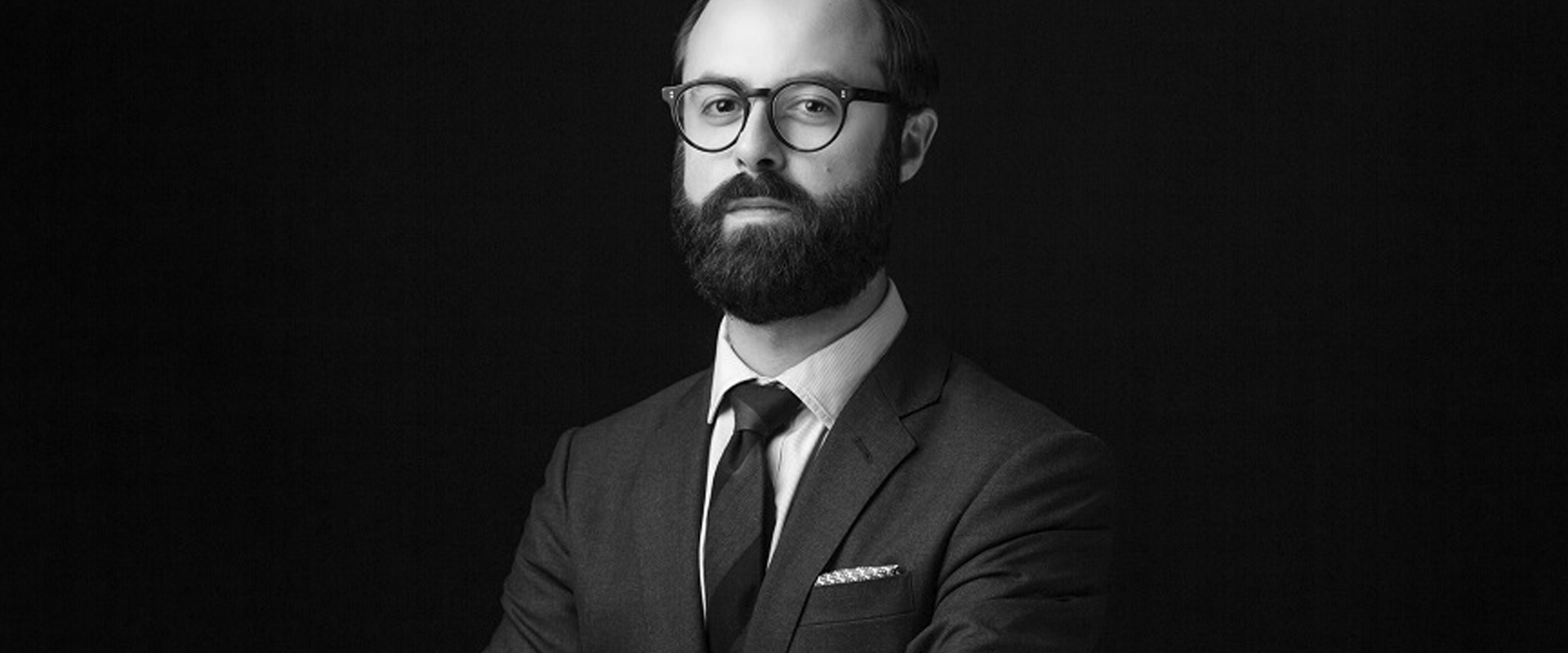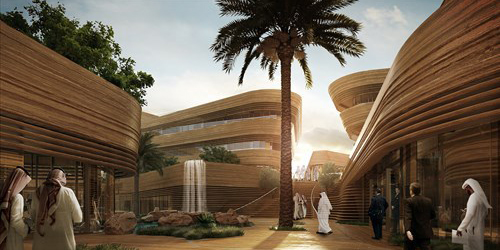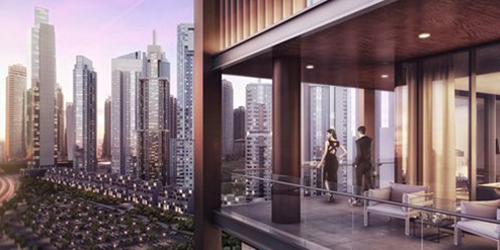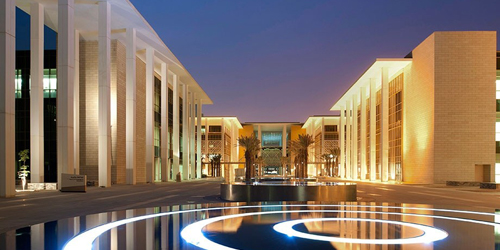
David Lessard, Director of Perkins+Will, and key member of Downtown Design’s Buyer’s Programme, on the evolving concepts of hospitality design and place-making through materiality in the Middle East.
As Director of Hospitality, Residential and Mixed-Use projects for Perkins+Will, David works with a wide range of clients across the Middle East, Africa and North America. With a career spanning over 15 years David has spent the last decade in the Middle East focusing on the design, management and execution of large scale innovative building projects. He has actively contributed to the realisation of several award winning buildings from concept design through to construction completion; with expertise in hospitality, retail, cultural and master planning projects.


Please tell us about the projects you handle with Perkins+Will
There are a number of unique projects on the boards including hotels for world class operators such as Hyatt, Marriott and a few confidential luxury operators not yet here in the region. Our hospitality projects strive to set a new benchmark in luxury – seamlessly blending the regional vernacular and the environment through stark modern designs.
How do you think design conception and handling of these concepts has changed with hospitality in the region?
The very definition of hotels and the significance of hospitality projects within cities and remote locations in the Middle East are continuously evolving. Hotels are no longer thought of as simply places to eat and sleep and are more intrinsic both physically and socially within their respective environments. There is no single line of thinking when it comes to conceptualizing hotels and the process of form-making cannot be solely based on pre-conceived imagery. A successful hotel project blends seamlessly with the environment while also being refined and complex both in physical form and atmosphere.
With the constant rise of hotels in the Middle East there, how do you deal with the challenge of achieving standout in design, while serving the community?
Designing from the inside out, as opposed to the outside in, sets up an architectural narrative that is defined by function and experience, with a façade treatment that reconciles the interior atmosphere in response to the surrounding environment. This seamless line between inside and outside carries through to the landscape allowing our buildings to blend within the urban fabric all while seeking more understated ways to stand out through refined materials, impeccable detailing and high performance design elements that make our projects more sustainable – in short more relevant to the community and environment.
How do you enrich the spatial environment of spaces being designed through the use of materials?
Although cities are saturated with various styles, forms and textures; it is inevitable that your consciousness connects your immediate material surroundings with a specific place or memory. Travertine may inspire thoughts of Rome while weathered brick can evoke memories of London. These associations are so deeply ingrained in our psyche but can easily be overlooked when deciding on a material palette. We must not underestimate the importance of materials in shaping our understanding of the physical environment and our awareness of this responsibility is key in our approach to material design.
Explorations in shape and form, colour and texture, rhythm and pattern as well as light and shadow all combine to create highly specific effects that transcend the conventional means of selecting materials – making the material selection more objective. Through this, one creates an atmosphere that is more essential…a spatial quality that is belonging and celebrates place.
Can you highlight any recent projects you have been working on where you can take us through the process of effective place-making through materiality?
Both our urban and rural projects explore materials that are refined, sophisticated and contextual. We also consider how materials present themselves on the macro scale for overall effect as well as on the micro scale for the more intimate and tactile qualities.
Most recently we have explored the notion of place making through materiality on some of our large scale projects in Oman. Both projects are situated within the iconic rocky landscapes that Oman is so famous for yet both are unique in terms of typology and desired effect. One project is situated on the hills overlooking Muscat with pristine views so the positioning is rural yet urban at the same time.
We wanted to simulate the effect that the project seamlessly blends with the landscape so as not to obstruct the natural beauty of the mountain from the city while also evoking a sophisticated high design quality that embodies the lifestyle of the project. Our material approach is twofold – to reflect the surrounding character on the exterior while providing a rich interior palette that is luxurious yet understated to allow ones focus to be on the panoramic views towards the gulf beyond. Given the projects remote location and surrounding ecology we are minimizing cut and fill across the site and reusing displaced material on the exterior cladding to avoid waste and pressures on landfills. This is not only a sustainable approach but a perceptual approach – taking eco-luxury to a new level – the quintessential celebration of place that is so important in hospitality design.
Article property of downtowndesign.com





